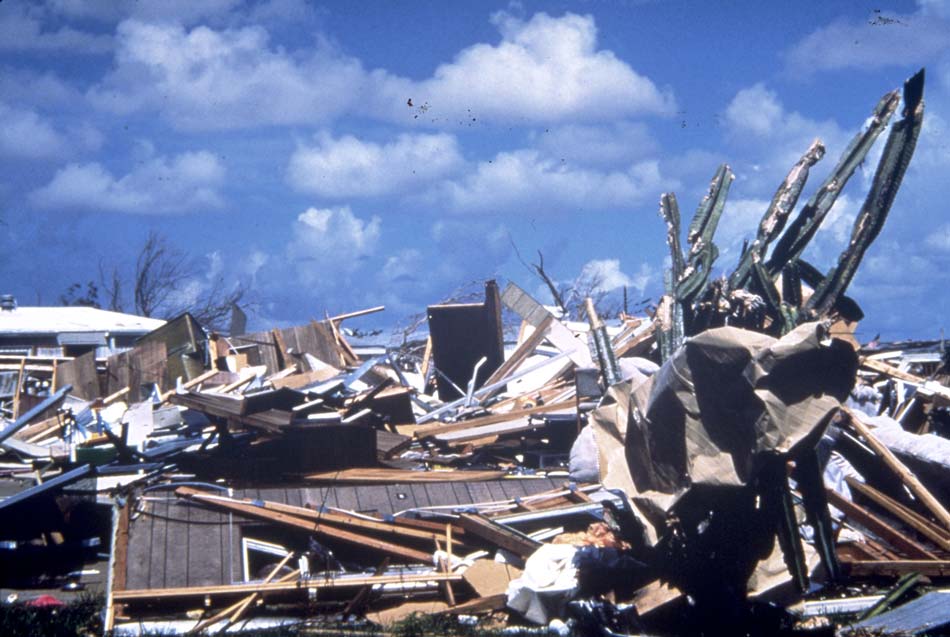Hurricane Andrew, which made landfall in Miami-Dade County 25 years ago, damaged or destroyed thousands of homes. Before Andrew struck, southern Florida was considered to have some of the best storm-resistant building codes in the nation; however, devastating damage revealed a different story.

Although southern Florida did have some of the country’s strongest building codes, inadequate code enforcement processes led to widespread damage along the hurricane’s path. A study conducted by the Insurance Institute for Business and Home Safety (IBHS) following Hurricane Charley in 2004 found that adoption and enforcement of modern building codes reduced the severity of residential property claims by 42% and the number of residential property claims by 60%.
Building Codes in Florida
The lessons learned from Hurricane Andrew prompted Florida’s coastal counties to re-examine building code standards and enforcement mechanisms; engineering-based design and construction requirements for high winds in the standard building code were adopted in coastal counties.
A mass consolidation of building code agencies followed Hurricane Andrew, and the International Code Council (ICC) was formed to develop a single, comprehensive set of codes. The ICC codes were released in 2000, and were adopted in Florida with the 2004 Florida Building Code (FBC). For Florida, from a building code vulnerability standpoint, the existing AIR hurricane model has three distinct year-built bands dividing building stock into categories based on the code (or class of codes) in effect at the time of construction:
- Pre-1995: Accounts for the codes in effect before Hurricane Andrew
- 1995-2001: Incorporates the codes adopted in Florida after Hurricane Andrew but before the FBC codes were in effect
- Post-2001: The time period after the FBC codes were adopted in Florida
The 2010 FBC saw the adoption of the updated American Society of Civil Engineers (ASCE) 7-10 wind speed maps, which changed the design wind loads, and therefore the vulnerability, of new structures. As a result, in the upcoming U.S. hurricane model update, AIR has created a fourth year-built band: Post-2011.
Location, Location, Location
Currently in the United States, there is no national building code for all states to follow. Building code adoption and implementation is often statewide; however, there are cases, such as in Mississippi, where code adoption and enforcement is at the discretion of each individual local jurisdiction. States that base their building codes on the 2012 ICC or later will have adopted the ASCE 7-10 wind speed maps; in the updated AIR U.S. hurricane model, these states will have four year-built bands, similar to Florida, but with their own adoption years.
Users of catastrophe modeling output need to use the latest building code standards to capture temporal variation in building vulnerability. AIR’s updated Hurricane Model for the United States is anticipated for release this summer. It incorporates 15 out of the 30 hurricane states that have adopted the latest building code, which in turn use the latest ASCE’s Minimum Design Loads for Buildings and Other Structures (ASCE 7-10) design wind speed maps.



